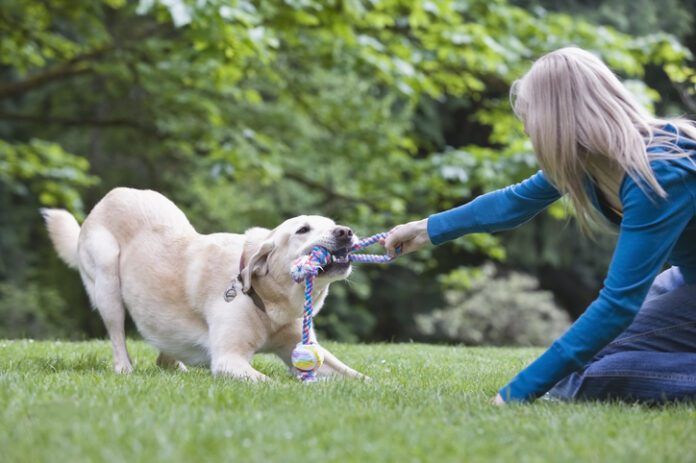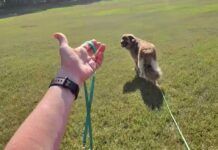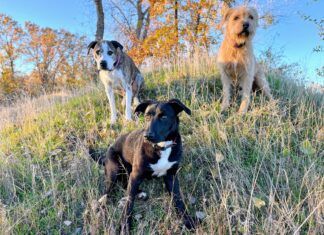I am sometimes asked how soon an owner can phase out the use of treats when training their dog. My answer comes in the form of a question: Why would you want to do that? Except for the rare occasions when your dog can’t eat temporarily for medical reasons, training with treats is the most effective way to teach your dog behaviors you want him to learn.
Granted, there may be times when you can’t use treats – for example, in the competition ring. For those times, you’ll need to have your treat reinforcement on a very thin schedule of reinforcement (you get treats after we leave the ring!) and introduce other reinforcers into your training.
Play can be a very high value reinforcer, even if you’re generous with treats. Some dogs get quite excited about a game of tug after a performance. Praise, properly paired with your happy voice, high-value treats, and a favorite game, can be a useful reinforcer when food and toys aren’t allowed.
With some rare exceptions, food treats are a universal reinforcer. Phasing out treats is like having your boss stop giving you a paycheck, and just patting you on the shoulder and saying, “Good job!” on payday. After a while you’re likely to stop going to work. So is your dog.
I always have treats in my pockets and I am quite generous with them. My dogs don’t get a treat every time they do something – but they get them very frequently. This dense schedule of reinforcement makes it quite likely that they will cheerfully do what I request, and my heart warms at their happy response whenever I ask for a behavior. What more could you want from your dog?
That said, it’s possible to train a dog with positive reinforcement and without food – it’s just not the fastest, easiest, or most effective way to go about it. For more information about how to train your dog without using food rewards, see “Positive Reinforcement Training Without Treats.”






